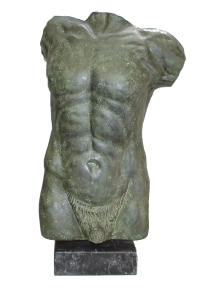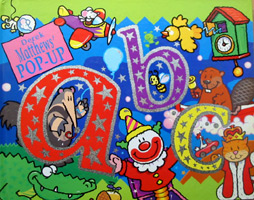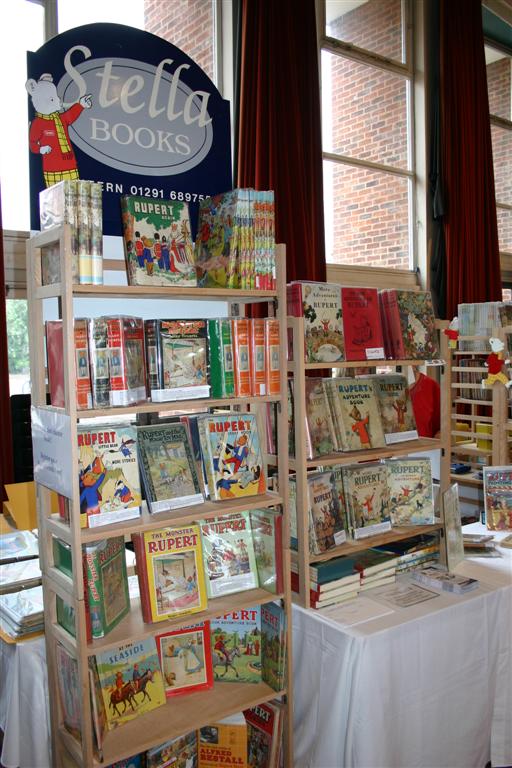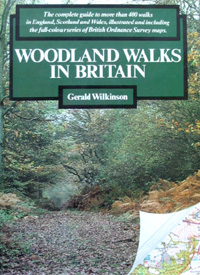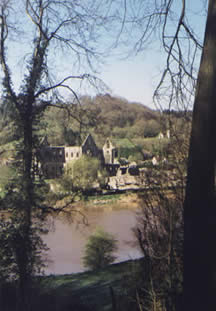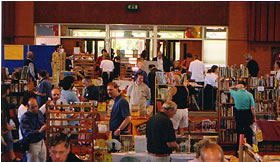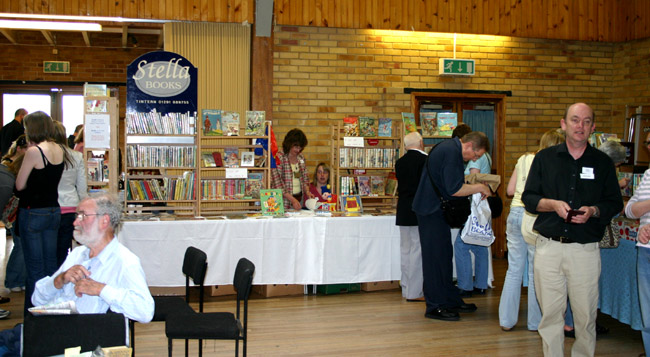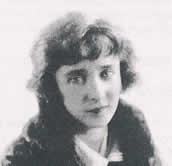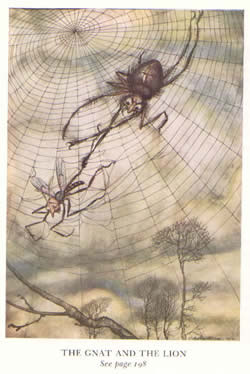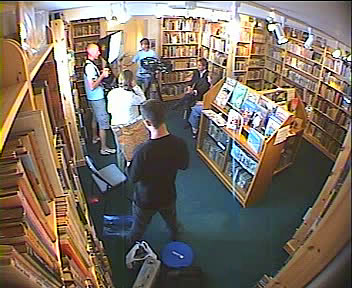I went on a wonderful walk the other day in The Forest of Dean in Gloucestershire, collecting blackberries for jam making (and eating one or two as I went), being thoroughly uplifted by the sight of so much abundance on our trees this year, with all their shades of colour, and listening to the birds seemingly enjoying their day too.
The Forest of Dean, covering an area of fourteen square miles on a peninsula between the rivers Wye and Severn, has much industrial history. A few generations ago it would have looked extremely different with many mines and tramways, not the leafy place it is now. Many residents can still tell tales of their grandfathers and great-grandfathers working in the pits and other industries and, very often, playing in the brass bands, of which there were many. Today brass banding is still strong in the Forest, as are the arts of recital and singing. One such grandfather worked as a postman. He travelled by horse every day from St. Briavels to Gloucester and back again to fetch the mail, where on his return it was sorted and delivered locally. The story goes that if he stopped for more than one pint at lunch time his horse made its own way home, wanting his sustenance too. The same gentleman was fond of saying that other folk worked from 12 noon to 1pm and took an hour for lunch!


